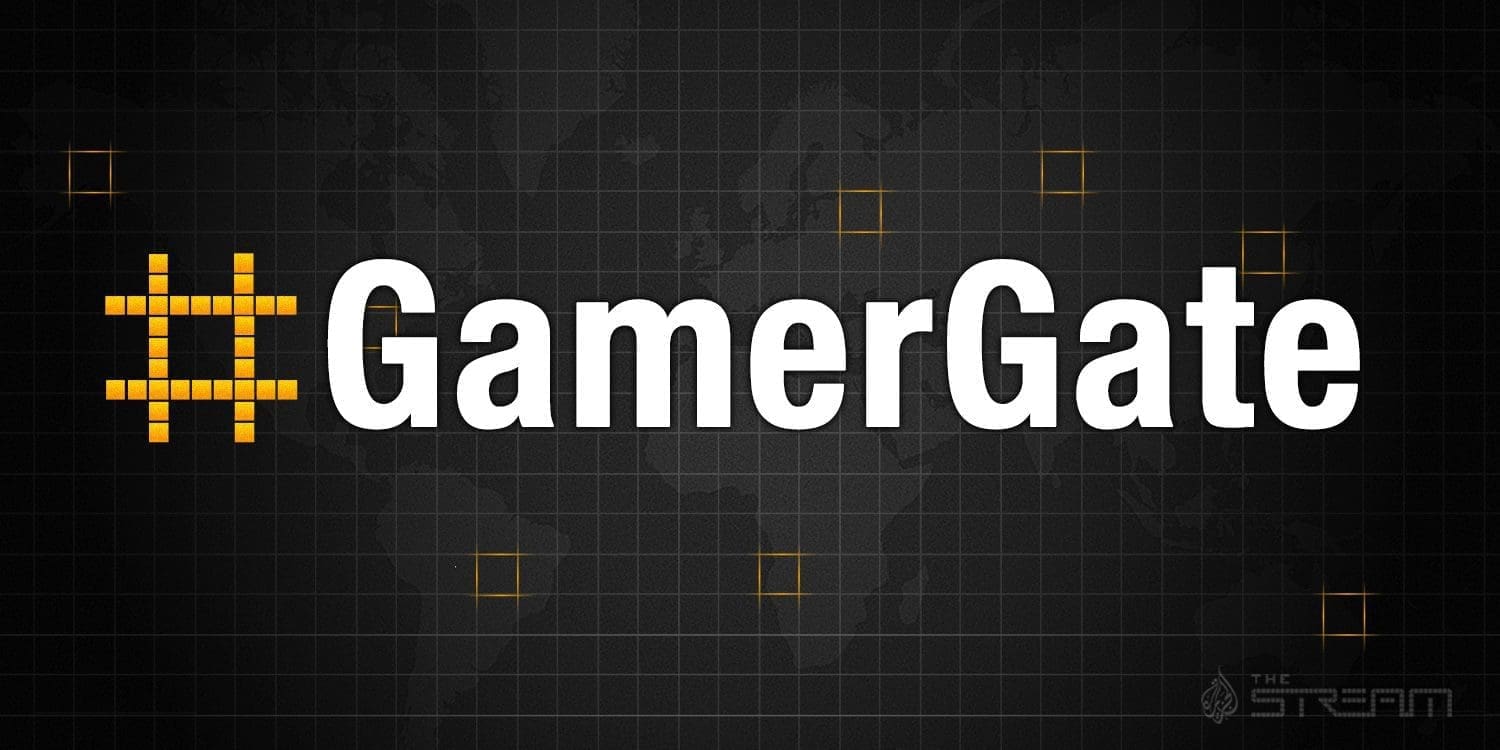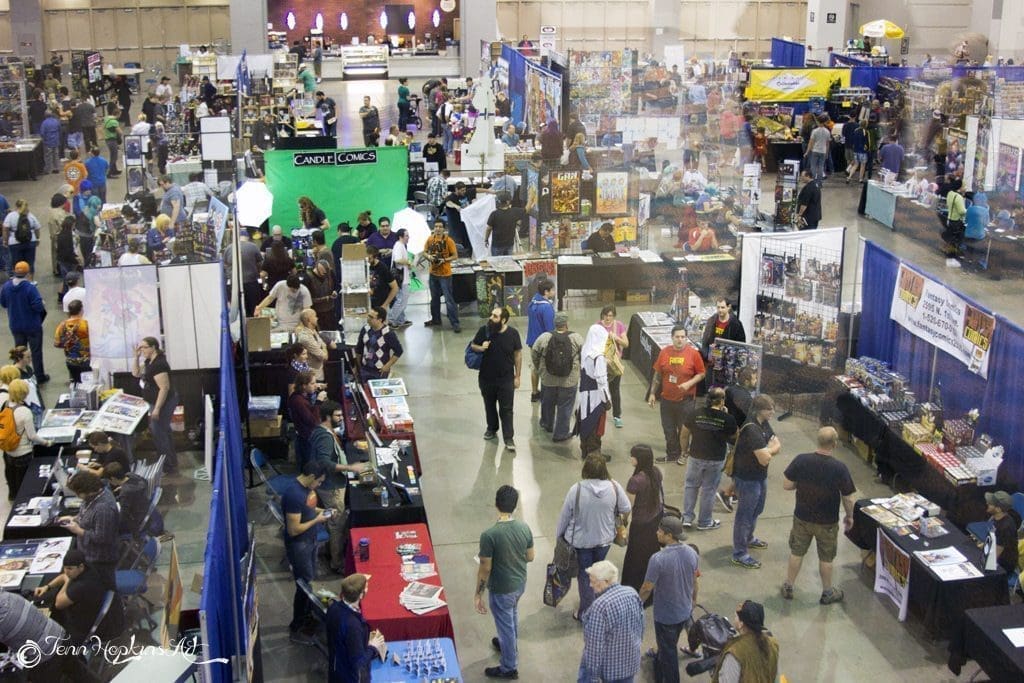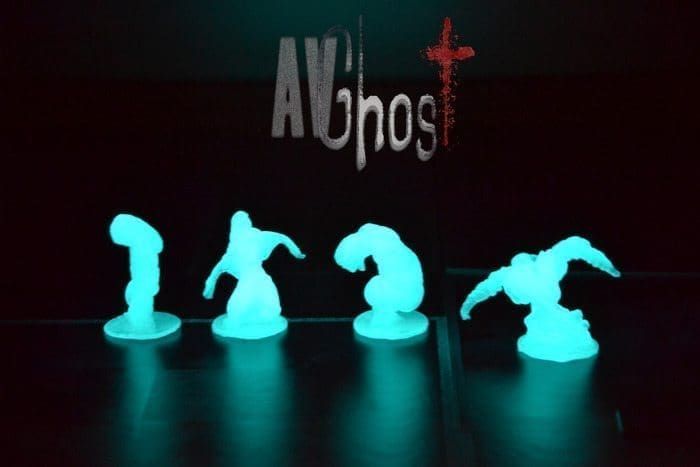This week we’re going to take a look at the card game by the name of “Scrapyard Empire.” Scrapyard Empire centers around a steam-punk setting where a deceased industry tycoon’s last will and testament offers up his fortunes to anyone who can complete his futuristic inventions.

The player takes on the role of an intrepid inventor with a name to make for themselves. Playing the game requires strategy, cunning and skill to win. You start the game off with basic components to build fantastical inventions. You eventually progress to making smaller inventions with the ultimate goal being to create time machines, roving houses and tesla-esque weapons. Players take turns using their action to do one of a few different things. You can use your action to dig through the scrapyard for parts, trade parts with other players, and construct inventions.

We had a chance to speak with Dennis Consorte from Galliant Games on Scrapyard Empire.
What is Scrapyard Empire?
Scrapyard Empire is a set collection game for one to four players, that is set in a steampunk inventors’ theme. The game is driven by collecting cards into your hand from three decks, with a touch of luck through the use of dice for certain actions during gameplay. You collect cards from the Parts deck to build Small Machines. These Small Machines may then be combined to form Inventions. In a multiplayer game, the first player to build two inventions wins. To make gameplay interesting every time, we’ve included character cards with special abilities, requiring a different strategy to win depending on the character drawn. We’ve also given the Small Machine cards special one-time-use abilities that may be activated upon building them.
Besides the beautiful artwork, there are a few game mechanics that we haven’t seen done in exactly the same way. First, there is the “Digging” mechanic, which allows you to draw cards from the Discard pile upon a successful dice roll. There are other games that bring the discard pile into play, however we make this interesting by requiring a dice roll for a successful dig. Normally there is a 50/50 chance of acquiring cards in this fashion. However, we recognized that not all gamers enjoy dice and other chance elements. So we added another really interesting mechanic to the mix, whereby you may mitigate a bad dice roll by scrapping (i.e. discarding) extra Parts cards that you don’t need. This adds an element of resource management to the game, where you’ll want to hold onto extra cards that aren’t necessary for the machines you’re creating, and use them to offset your rolls to get the cards you do need.
We’ve already hit our minimum funding goal of $15,000 and we’re looking to hit some stretch goals as well, to further improve the quality of the components of the game. After the campaign is officially over on July 16th, we will release the PnP (Print ‘n Play) deck within a few weeks to all backers, so that they may start playing the game right away. Then, we will go into production and have set a fulfillment goal of March 2015 to get the printed games shipped out to all of our backers. This sounds like a long time, so we included a production schedule at the bottom of our project page, to give backers a bit of transparency on the process of getting our game to print. Thankfully we’ve prepared a substantial amount of work ahead of time, including all artwork, to minimize delays as much as possible. At this stage we are simply upgrading some elements such as icons and game boards, to make an even better deliverable, and we are moving into developing masters for our miniatures so that they can be ready for casting sooner rather than later.
In my opinion, every Kickstarter campaign has some level of success and failure. When a campaign fails (i.e., when it does not reach its funding goal), it is still an incredible learning experience for the project creator. It gives them the opportunity to put their idea in front of thousands of people, and allows them to find flaws in both their design and in their marketing. Many people will be able to use this valuable information to relaunch their campaign after making improvements based on that input, and will successfully reach their funding goal. Some people will learn the hard truth that their idea just doesn’t have mass appeal, which ultimately may save them thousands of dollars in production costs had they gone another route. I see that as a success. With our campaign, I am thrilled that we have reached our minimum funding goal. Scrapyard Empire will be published, and hundreds of people will be able to enjoy the result of the thousands of hours of work that went into this project’s success. It shows that there is indeed a market for a game like ours, and that we are capable of understanding the needs of a segment of the gaming population enough that they’ve elected to invest their hard-earned dollars into our game. That’s a great feeling. The other part of a successful campaign that does get funded is the fulfillment side. To me, that is the real job; getting the product out to the people who have trusted you with their money. We want to be sure that we get a copy of this game out to everyone who should get one, and in a timely manner. As a company, we have a lot of experience with project management, and we’ve learned that creating a production schedule with milestones is the only way to make this happen. We’ve been adhering to that schedule so far, and we expect that we’ll be able to adhere to it all the way through to the time when we do fulfill our orders. In the event that there are hiccups along the way that could cause delays, we can refer back to the schedule to know approximately how far such events have set us back. However, we have done just about everything possible to minimize any possible delays with production and are very confident that we’ll deliver this one on time.
Kickstarter is a beautiful platform. It gets you in front of an audience that is engaged, critical and forgiving. The Kickstarter community understands that we are in a prototype phase, and that’s the appeal. They get to be part of the whole process from inception to completion, and are much more than just “customers.” When someone backs a project, they are doing so because they like the idea, and because they have faith in the creator’s ability to execute on it and to deliver the final product. Some of these backers will go so far as to provide lots of advice on ways to improve the product, or its fulfillment, or its marketing. We can’t use every idea that we get, but it’s all valuable and we have already incorporated some of them into the mix. It has also opened our eyes to ideas that we can use for our next project, to make it even better.
Absolutely! At Galliant Games, Kickstarter is in our blood, and we are eager to present our ideas to the community and get their feedback, and hopefully their backing. We’ve got a few projects in development now, including some games and a new deck of cards. The first one we plan to release is a collection of quick and fun dice games that use a diverse set of mechanics, and themes, to appeal to a broad audience. We’ll reveal more information about this next project as it gets closer to being released.

At the time of this writing Scrapyard Empire has already exceeded its fundraising goal and has 8 days left in its campaign. If you want to support their Kickstarter you can follow this link.




























